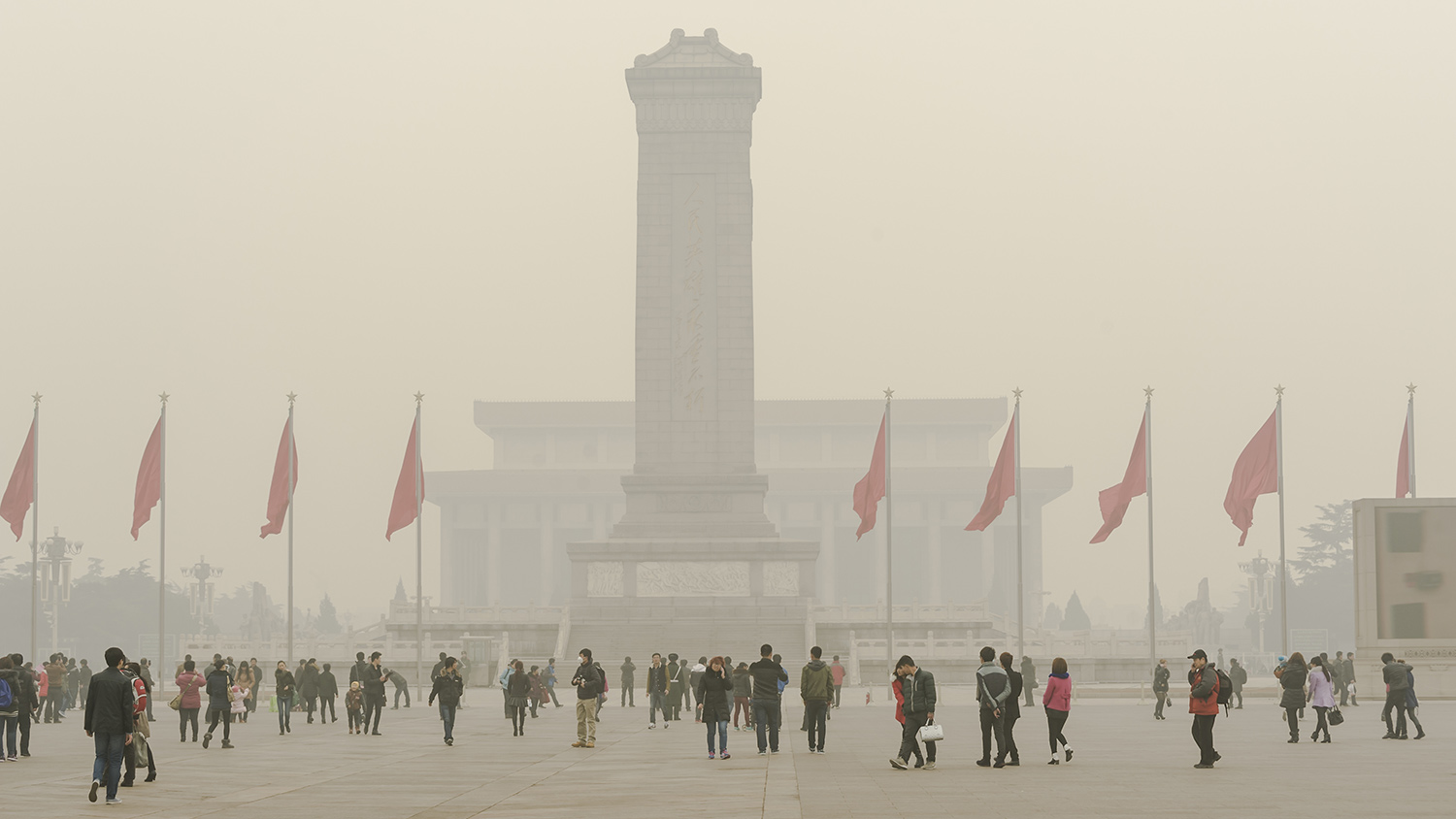It’s no secret that the U.S. imports a lot from China, and according to a new study in Nature Geoscience, now we can add ozone pollution — our old pal smog — to the list. “The dominant westerly winds blew this air pollution straight across to the United States,” said lead researcher Willem Verstraeten of Wageningen University in the Netherlands, in a statement.
Up in the stratosphere (between roughly 10 and 50 kilometers above the earth’s surface), ozone is a good thing: It protects us from the sun’s UV radiation. But in the troposphere, or lower atmosphere, it’s a central component of unhealthy smog, and we’d generally prefer not to inhale it. Down here, it also acts as a greenhouse gas — another climatic no-no.
Ozone concentrations in a given spot tend to vary with changes in ozone precursor emissions (like nitrous oxides) and changes in baseline ozone levels that enter an area on the wind. As Verstraeten and colleagues report, despite air-quality legislation that has led to falling ozone precursor emissions in the United States, a growing (and drifting) cloud of ozone from China likely accounts for the fact that ozone levels in the troposphere didn’t actually fall in the U.S. between 2005 and 2010.
Of course, the ozone in question probably isn’t exclusively from China. As Agence France-Presse reports:
“China itself lies downwind from India and other parts of Asia,” notes Roth Doherty of the University of Edinburgh in a commentary, also in Nature Geoscience.
“It remains to be established how the free tropospheric ozone trend over China is in turn influenced by emissions upwind.”
Verstraeten concludes by suggesting that local or national efforts to improve air quality will have limited impact unless dealt with on an international scale.
“Our atmosphere is global rather than local,” he said by email.
But maybe the drifting smog is only fair. After all, we’re the ones buying so much of the stuff produced in China’s polluting factories. The traditional environmental principle is “polluter pays,” but many academics have recently turned to a “beneficiary pays” concept, in which the onus for cleaning up the atmosphere is distributed proportionately across all who benefit from the pollution-causing production. China exporting ozone to the U.S. might be a tangible implementation of the cost-sharing necessary for solving our global environmental problems. Don’t like the pollution? Stop buying so many counterfeit iPhones. Or, you know, so many genuine iPhones.


